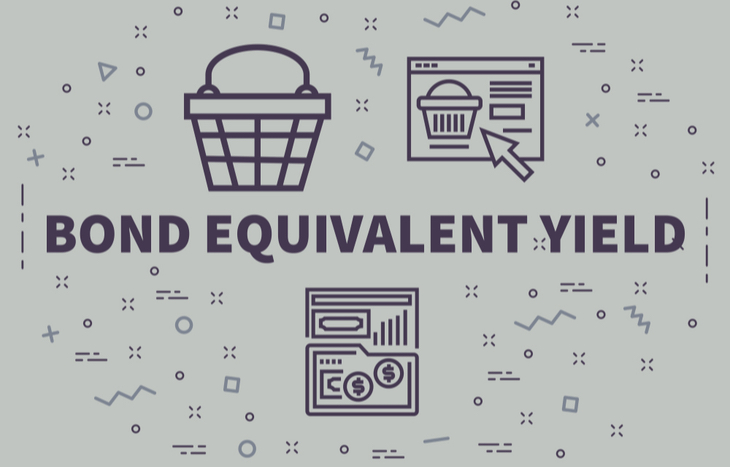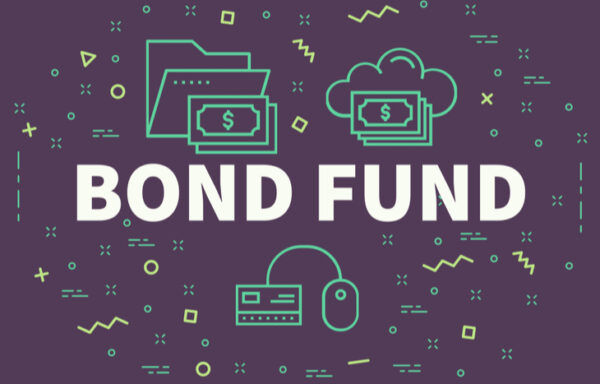What is Bond Equivalent Yield?
If you’re an investor focused on fixed-income securities, the prospect of a discount bond is an enticing one. It could be an opportunity to capitalize on a bond with several years of coupon payments still left on it. Or a bond with a handsome par value waiting for you at the end of the term. It might also mean buying a discounted short-term zero-coupon bond. To understand if these bonds are worth your investment, you’ll need to determine its bond equivalent yield.
Bond equivalent yield (BEY) is a way of valuing discount bonds to determine annual percentage yield. Comparing short-term discount bonds to traditional annual fixed-income securities is a bit like comparing apples to oranges. BEY makes it easier to compare apples to apples, using the same benchmarking tools.
Here’s a deeper look at bond equivalent yield, how to calculate it and when investors should use it when comparing investments.

First, What is a Discount Bond?
Investors use BEY to evaluate discount bonds, specifically. A discount bond is one that trades for less than its par value. For example, a bond with a par value of $1,000 might trade at a discount for $990. This usually happens when the prevailing interest rate rises above the bond’s coupon rate. For example, if market interest rates hit 6% and the bond’s coupon is 4%. In this instance, the bond becomes less desirable and thus, trades at a discount.
Interest rates aren’t the only reason a bond might trade for a discount. An issuer’s credit rating or the bond covenant rating can also signal problems. As a result, a skittish investor might offload the bond before it becomes at risk for default. More risk tolerant investors will swoop in and buy the bond at a discount. In any case, the price paid is lower than the par value.
Finally, companies might issue discount bonds from the get-go. These bonds are usually zero-coupon bonds that don’t pay interest. Instead, investors collect a premium when the bond matures. To know how much they’ll profit in an annualized context, investors use BEY.
Figuring Out the Annual Percentage Yield
Bond investors seeking to understand the annualized return on a short-term, zero-coupon bond need to get a sense of how much they would collect if the bond paid out regular coupon payments like a traditional fixed-income security. This can determine whether an investment is worth it, or if the investor would be better off parking their money in a different bond.
Figuring out the annual percentage yield sheds light on the profitability of the bond over its remaining term by determining what return would be if it had a standard coupon rate. It also creates a benchmark for direct comparison, which we’ll talk about in a moment.
How to Calculate Bond Equivalent Yield
The formula for bond equivalent yield is relatively simple. All investors need is the par value of the bond and the purchase price, and the number of days to maturity. Subtract purchase price from par value, then divide by the purchase price. Then, take that figure and multiply it by the number reached when dividing 365 by the days to maturity.
Using our example from above, here’s the formula for a $1,000 bond that’s trading at a discount for $990, with 120 days to maturity remaining:
($1,000 – $990) / $990 = 0.01
365 / 120 = 3.04
0.01*3.04 = 3.07%
While relatively simple, this formula is often built into financial calculators for convenience. Simply input the variables and compare the BEY output to other fixed-income investments.
How to Use BEY in Comparing Fixed-Income Investments
The bond equivalent yield in the example above would be 3.07%. If an investor wanted to buy this discounted bond as-is, 3.07% would be the annualized figure used to compare it to other long-term fixed-income securities that offer standard coupon payments.
BEY helps investors understand the annual percentage yield of short-term fixed income securities in contrast to annual fixed-income securities. Or, more specifically, it allows investors to compare yields between annual and non-annual payments. This allows for a more direct comparison between bonds that might not otherwise be equal when stood up side by side.
Drawbacks of Using BEY as a Comparison Tool
The chief drawback of BEY is that it’s an approximation. This is largely because there is no way to calculate the true figure on a bond that doesn’t offer annual coupon payments. Thus, the BEY is merely a benchmarking tool for comparison.
The other chief criticism of BEY as a benchmarking tool is that it doesn’t account for compounding in situations in which bonds are reinvested. BEY ignores compounding, which means a comparison against long-term fixed-income securities with compounded coupon payments may not be accurate.
The Bottom Line on Bond Equivalent Yield
When you’re wondering if you should invest in a discount bond vs. something with annual payments, you need a way to compare them on a level playing field. The answer comes in the form of bond equivalent yield.
Bond equivalent yield is a benchmarking tool that’s used to compare bond yields with non-annual payments against more traditional fixed-income securities. It helps investors get a handle on the annualized rate of return for short-term fixed-income securities (e.g. zero-coupon bonds) in contrast to long-term fixed-income securities with annual coupon payments.
If you’re enticed by the prospect of discount bonds, get familiar with BEY and use it to better-understand how they stack up against traditional fixed-income securities.





